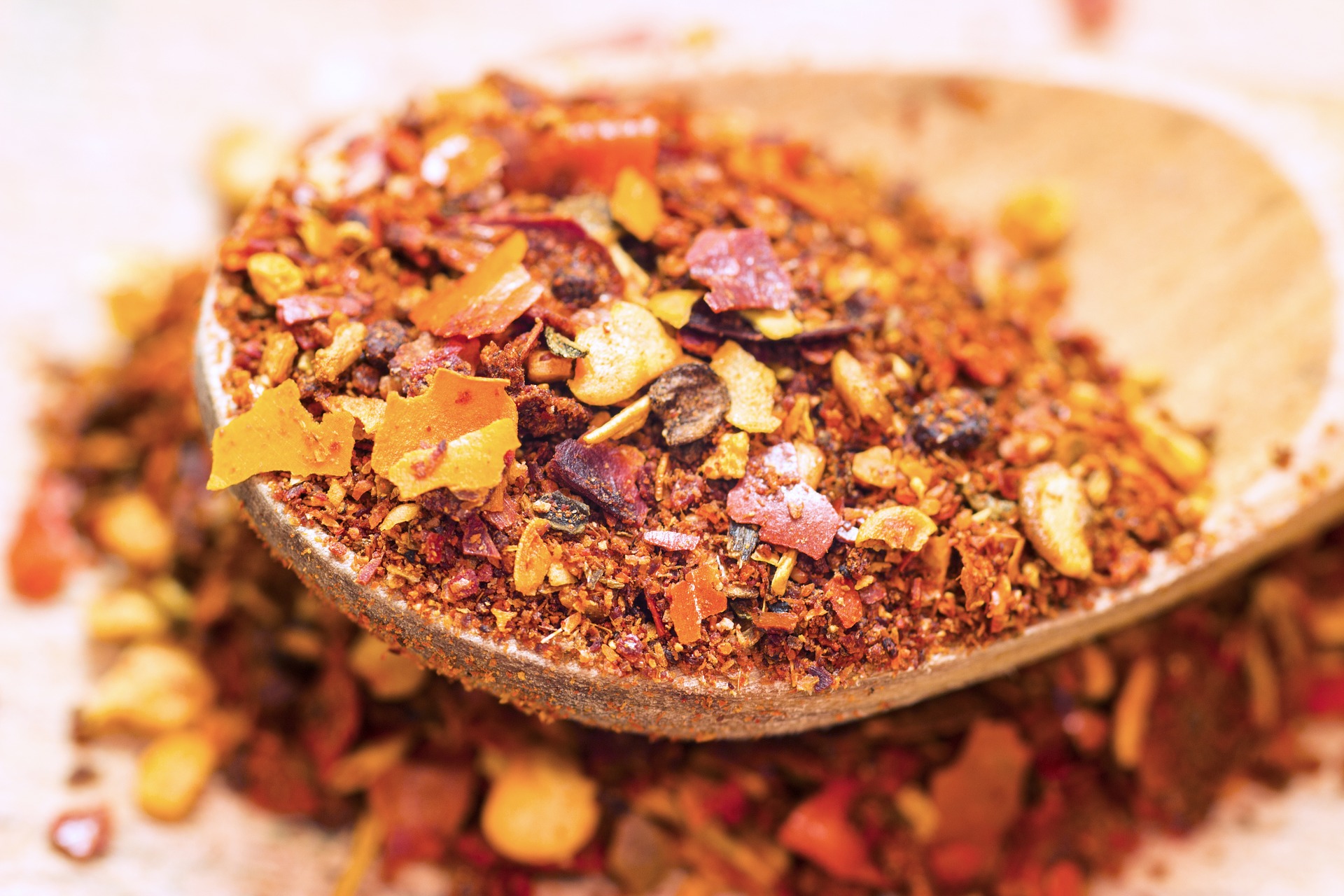Enchiladas, barbacoa, pozole, tamales, sopes, tacos, and more—few national cuisines have found global acclaim like Mexico’s. The nation represents one of the oldest and richest culinary traditions in the world. Modern global staples like corn, avocado, chocolate, tomatoes, beans, chili peppers, squash, vanilla, sweet potatoes, and turkey can all trace their roots to pre-Hispanic Mexican tables. These ingredients have influenced national cuisines around the world, but in Mexico, they form the heart of everyday meals. In addition, the country possesses strong traditions of seafoods, breads, and meat preparation.
Mexican cuisine has grown and evolved just like the country itself, including adopting its own new ingredients from the Old World. Most notable among these were pork, beef, and chicken, all livestock missing from the Americas. Grain crops like rice and wheat have also added to Mexican dishes, along with garlic, onion, sugar, and lime.
While it might be tempting to think of Mexican cuisine as a single entity, local tastes and ingredients can vary dramatically. The tropical jungles of the Yucatan Peninsula, for example, support very different lifestyles than the hot deserts to the north. Throughout history, people of Mexico have imported and exported their own goods along advanced trade networks, which in pre-Columbian times reached as far as the Great Lakes of North America.
Today, Mexico’s cuisine still varies from region to region. But as global food supply chains make access to faster, prepackaged foods easier, some of these traditions, and the ingredients needed to make them, are at risk of being lost. This video, courtesy of UNESCO, investigates efforts to preserve the diversity and authenticity of Mexican food in the community of Michoacán.
About TOTA
TOTA.world provides cultural information and sharing across the world to help you explore your Family’s Cultural History and create deep connections with the lives and cultures of your ancestors.


